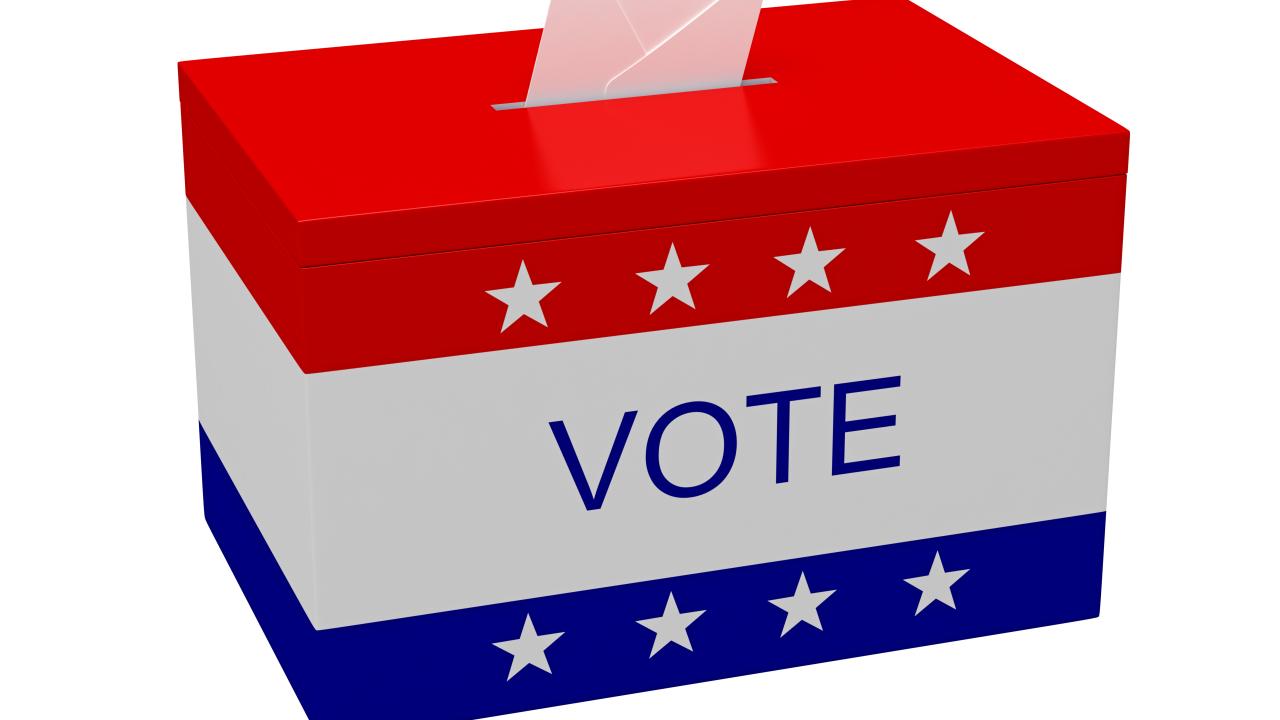Quick Summary
- Some ethnic groups concerned about disenfranchisement
- Older voters were not receptive to the idea of vote centers
- Officials in each county should conduct extensive and ongoing outreach to voters
In some California counties, election officials are considering replacing traditional polling places with vote centers, where people can drop off ballots and access additional voter services, but a UC Davis study finds voters may not welcome such changes.
“The study found that while some California voters may be receptive to having vote centers in their county, the majority of all voters do not initially like the idea of this new electoral change,” said Mindy Romero, author of the study and director of the California Civic Engagement Project at UC Davis.
The UC Davis survey’s findings are based on a telephone survey of 1,100 California voters during the past year. Interviews were conducted in English or Spanish. The sample error for the total survey is plus or minus 2.9 percentage points.
Gov. Jerry Brown signed Senate Bill 450 into law in 2016. Under the law, county registrars of voters may mail every registered voter a vote-by-mail ballot that the voter can mail in, or return at a ballot drop box, or take to a newly established vote center. At vote centers, voters can cast their ballots in person, drop off their vote-by-mail ballots, access same-day voter registration, receive replacement ballots and access additional services. While there will be fewer vote centers than polling places, they will be open for up to 10 days prior to Election Day and available for all voters countywide.
Fourteen of California’s 58 counties will become eligible to opt in to this new system during the 2018 election, while remaining counties will be eligible to adopt vote centers in 2020.
The research suggests it will be necessary for state and local election officials to engage in extensive outreach efforts in order to make this new model feel welcoming for all voters, particularly for some African American voters who may have deeply held concerns about voter suppression as a motive behind eliminating polling places. Education about the model’s benefits will be important in helping California voters learn about and successfully use the new election model, Romero said.
Furthermore, Romero said, county election officials should conduct ongoing community outreach with historically underrepresented groups to examine how this new model is being experienced at the community level.
California voters have reasons for voting at polling places
Some highlights from the statewide survey include:
- 96.9 percent of polling place voters said they vote this way because their polling place is convenient to get to.
- 91 percent of polling place voters said going to the polling place on Election Day was an important part of their voting experience.
- 64.4 percent wanted to get the sticker that says they voted.
Not all Californians feel the same way about vote centers
Sixty-one percent of California voters did not like the idea of vote centers replacing their neighborhood polling places. And, the study found that this feeling is present across race/ethnicity, age and income groups of California voters.
- Only 23 percent of white voters liked the idea of vote centers – 65 percent did not like the idea of a vote centers.
- 72 percent of African American voters did not like the idea of vote centers.
- 54 percent of Asian American voters did not like the idea of vote centers.
- 51 percent of Latino voters did not like the idea of vote centers.
- Two-thirds of voters age 65 and older did not like the idea of a vote center — and neither did younger voters, with 52 percent of young voters ages 18-29 resistant to vote centers.
- 50 percent of voters who have a household income of less than $25,000 did not like the idea.
Media Resources
Mindy Romero, UC Davis California Civic Engagement Project, 530-665-3010, msromero@ucdavis.edu
Karen Nikos-Rose, UC Davis News and Media Relations, 530-219-5472, kmnikos@ucdavis.edu
